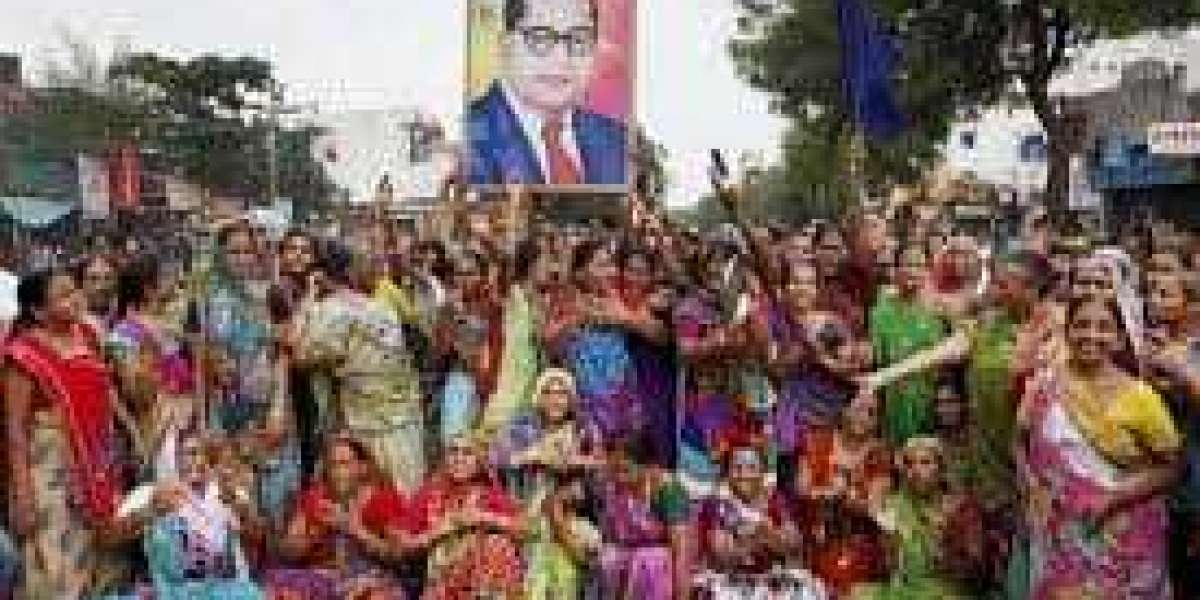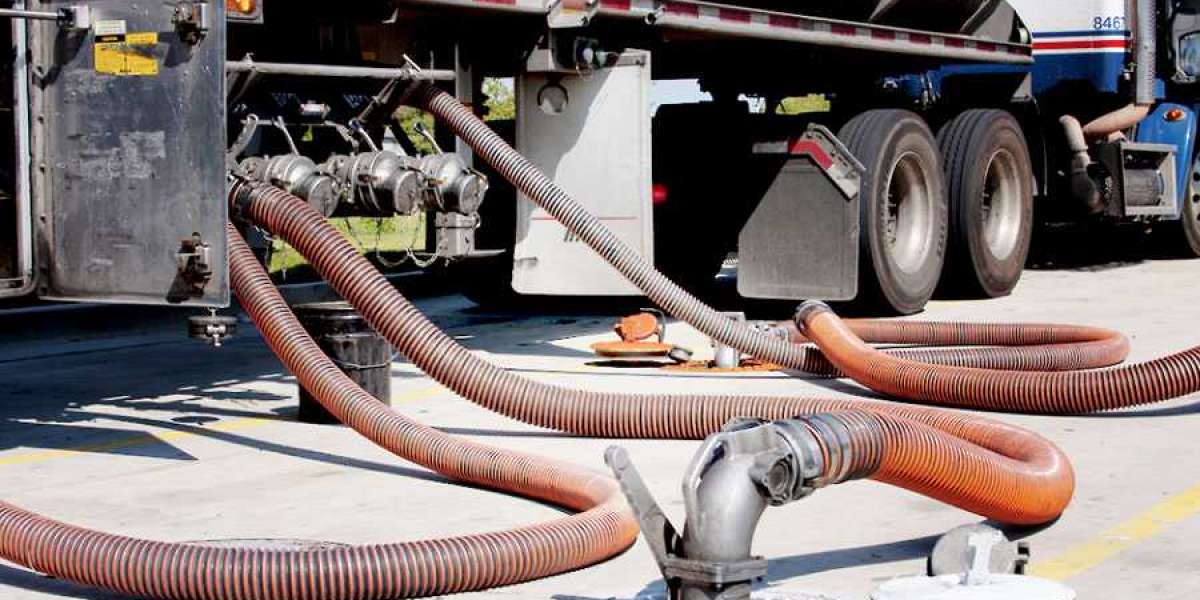THE CASE
The question – the question Supreme Court facing at the moment is that can a state government sub-classify or sub-categorise Scheduled Castes in the state to ensure an equitable apportionment of reservations and greater representation of the weaker sections within the Scheduled Castes?
Previous judgement - The constitution bench of five judges headed by Justice Arun Mishra concluded hearings in the case of State of Punjab v. Davinder Singh last month and is likely to pronounce a judgment soon on whether the question needs to be referred to a larger bench. The reason for the likely referral is that a five-judge constitution bench of the Supreme Court had already dealt with this question in 2004 and answered in the negative.
E.V. CHINNAIAH v. STATE OF ANDHRA PRADESH
The supreme court ruled, what would seem to be obvious wisdom, to consider that the Scheduled Castes form one “homogenous” group and therefore any inter-se classification within the Scheduled Castes would be a violation of Article 14.
The court was dealing with a law passed by the Andhra Pradesh government based on the report of the Justice Ramachandra Raju Commission, which recommended sub-dividing the Scheduled Castes into four groups and apportioning reservations separately for each. This was to ensure that all communities within the Scheduled Castes, particularly those that have been oppressed and marginalised the most historically and have been deprived of the opportunities of education and formal employment, receive adequate and equitable representation in educational institutions and state services.
the court striked down the law saying that the declaration of a caste as a Scheduled Caste in the presidential list issued under Article 341 meant that it became subsumed in the broad monolith and was to be treated at par with the other Scheduled Castes for all purposes.
It is also observed that the court misread the Indra Sawhney judgement believing it applied only to OBCs and not to the Scheduled Castes. This it did by reading out of context a line from Justice Reddy’s majority judgment recommending exclusion of the creamy layer within the OBCs
Therefore, since Chinnaiah misunderstood caste to be a homogenous group and misread the nine-judge bench judgment in Indra Sawhney, it can safely be identified as lack of care
The current case of Davinder Singh v. State of Punjab is thus likely to be referred to a larger bench, which would be called upon to decide the correctness of the court’s judgment in Chinnaiah in terms of Article 341 and the judgment of the court in Indra Sawhney.







